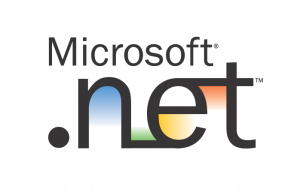 Luke Bayes and Ali Mills of PatternPark made a presentation for the Silicon Valley Flex Users Group (SilvaFUG) of 9 different frameworks and toolkits for creating Flex applications: Cairngorm, PureMVC, ARP, MVCS, Flest, Model-Glue: Flex, ServerBox Foundry, Guasax, and Slide.
Luke Bayes and Ali Mills of PatternPark made a presentation for the Silicon Valley Flex Users Group (SilvaFUG) of 9 different frameworks and toolkits for creating Flex applications: Cairngorm, PureMVC, ARP, MVCS, Flest, Model-Glue: Flex, ServerBox Foundry, Guasax, and Slide.
Watch the presentation: http://adobechats.adobe.acrobat.com/p12266504/
See the slides: http://www.asserttrue.com/files/ApplicationFrameworks/index.html
Their Conclusion?
“PureMVC by Cliff Hall beats out the alternatives“.
- Composition over inheritence
- Liberal use of Interfaces
- Indirection is used but not overwhelming
- Instance members hide singleton references from application code
- MXML views can be extremely thin
- Benefits of Cairngorm, with few of the disadvantages.
I must admit I never used PureMVC, the only framework I’m currently using is Cairngorm, even if I bookmarked the pureMVC page long time ago promising myself to watch it more in deep. Now it’s time to keep the promise.


 Well, it seems that Microsoft will release the .NET libraries (not all, but it seems the most relevants ) source code with the next release of
Well, it seems that Microsoft will release the .NET libraries (not all, but it seems the most relevants ) source code with the next release of